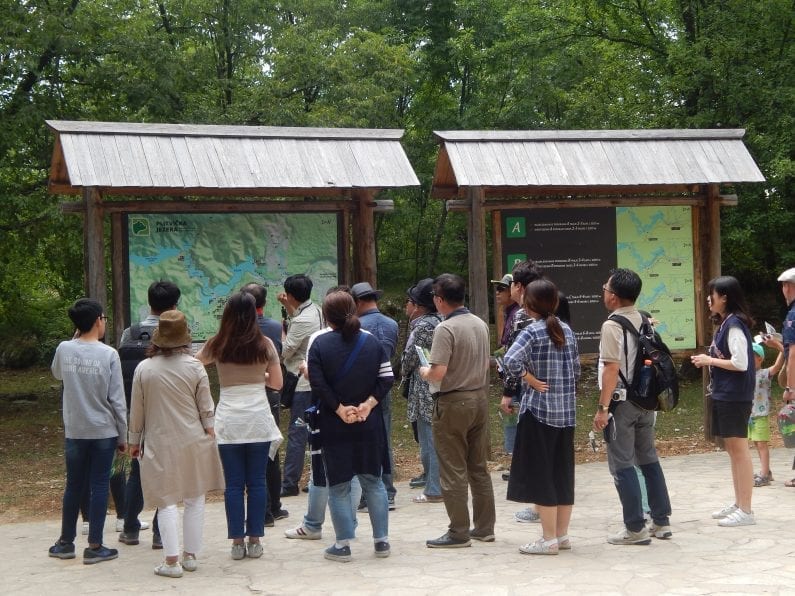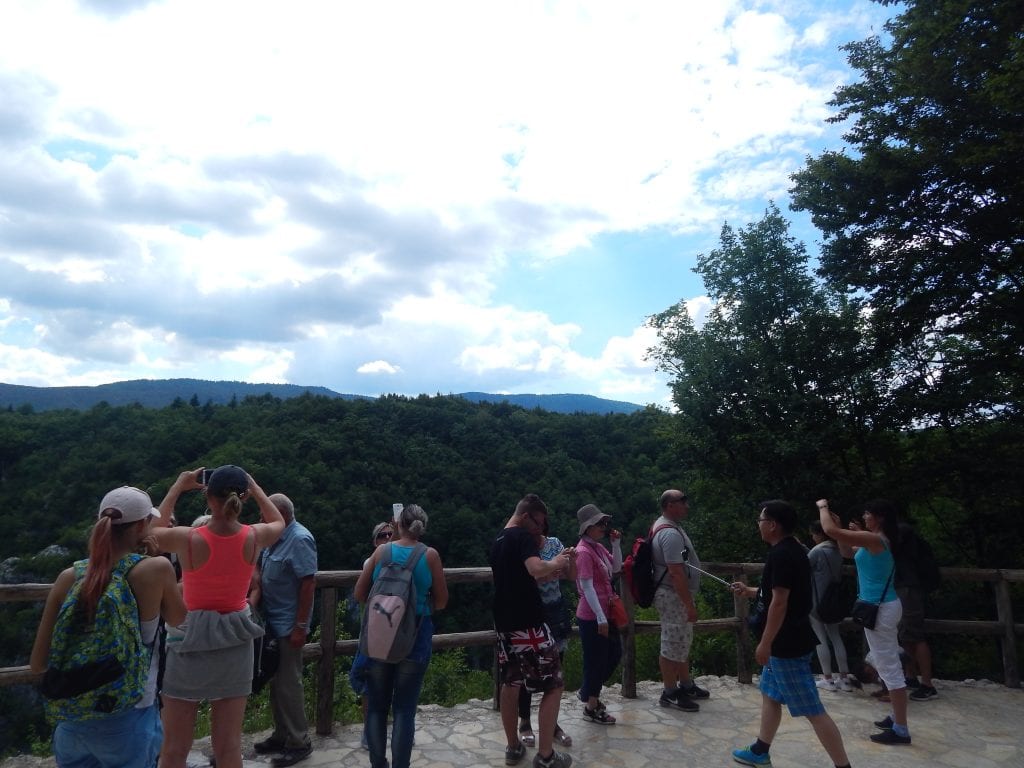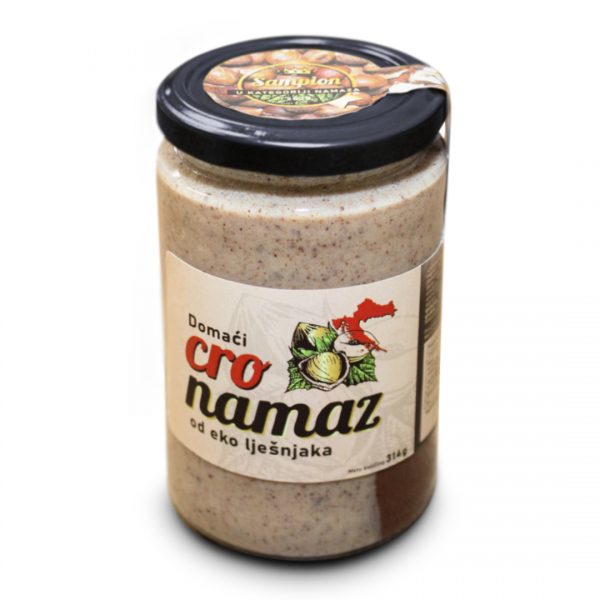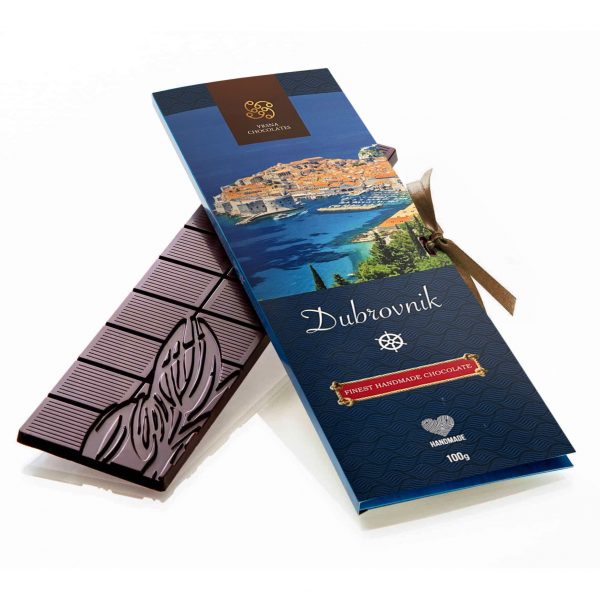Southeastern European countries like Croatia, Serbia, Montenegro, and Slovenia have seen some of the world’s highest growth rates for Chinese tourism in recent years. What’s behind this development, and what can other destinations learn from the phenomenon, investigates website Dragon Trail.
Croatia welcomed 234,118 Chinese arrivals and 345,293 overnight stays in 2018. These numbers represent a 46% year-on-year increase, and a further 25% growth was projected for 2019.
Chinese arrivals to Serbia doubled in 2018, neighboring Bosnia-Herzegovina also experienced a boom in Chinese tourism, with a 118.7% increase in Chinese visitors to the capital of Sarajevo in 2018.
According to European Travel Commission data, Montenegro more than doubled its Chinese tourism numbers in the first nine months of 2019, and Serbia, Croatia, and Slovenia were all among the other European countries with the highest growth rates.
Southeastern Europe provides a different kind of travel experience to Western Europe, and this doesn’t appeal to everyone, explained a representative from the Zagreb Tourist Board at WTM London 2019. Croatia, she said, doesn’t have the high-level shops or European luxury experience that Chinese are looking for. But luxury shopping isn’t actually what many Chinese tourists are looking for from an overseas travel experience anymore – there is growing emphasis on culture, outdoor adventure, and visiting off-the-beaten-track destinations. In these areas, Southeastern Europe excels.
This part of the world has also been put on the map for Chinese tourists through film and TV. For older tourists, this means Yugoslav films that were hits in Cultural Revolution-era China. For younger visitors, as for tourists from around the world, Game of Thrones has helped to popularize Croatia.
What do Chinese tourists enjoy and focus on in their travels around Southeastern Europe? There’s a consensus that they’ll want to see all of the major sightseeing icons, as well as explore their own interests. Culture is one attraction – Chinese visitors here are likely to be experienced travelers who have already been to Western Europe and are probably looking for in-depth, localized experiences at this stage in their travel careers.
Nature is another draw. In Croatia, Plitvice Lakes are one of the country’s most-visited attractions for Chinese, especially in the shoulder seasons.
Older travelers are excited to see places featured in Yugoslav films that were wildly popular in China in the 1960s and 70s. These include 1969’s Bridge, featuring Montenegro’s Đurđevića Tara Bridge; 1972’s Walter Defends Sarajevo; and the Serbian village of Drvengrad, built by actor and filmmaker Emir Kusturica.
The Chinese tourism boom to Southeastern Europe could just be getting started. When asked “What’s next for Chinese tourism?” at London’s World Travel Market in November 2019, Editor in Chief of China Daily Europe, Yu Yilei replied: “Croatia.”
While growth rates may be extremely high for this part of the world, the overall numbers are low compared to other European destinations – Paris alone attracted more than 1 million Chinese visitors in 2017. A direct flight route would certainly have a major impact, but continued promotion, especially with the help of China’s travel agencies, should continue to grow tourism in 2020.
Courtesy of (SOURCE): Dragon Trail



























